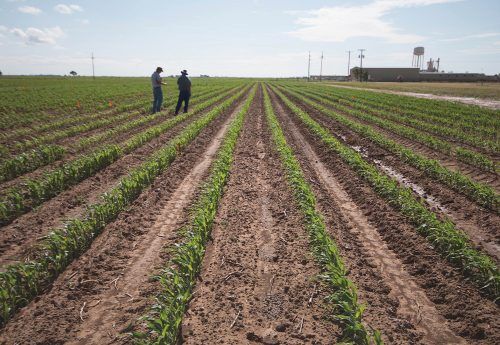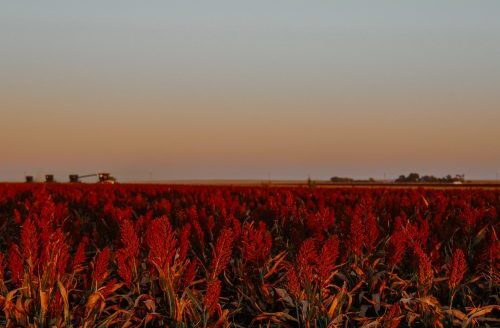Certain provisions in the Natural Resources Conservation Service Conservation Stewardship Program can provide environmental and economic advantages to sorghum farmers.
These CSP practices include:
- 328E – Soil health crop rotation;
- 329C – No till to increase plant-available moisture;
- 329D – No till system to increase soil health and soil organic matter content;
- 328A – Resource conserving crop rotation;
- 328B – Improved resource conserving crop rotation; and
- 345C – Reduced tillage to increase plant available moisture.
“NSP is working hard to demonstrate sorghum is the ideal crop to be part of the climate solution, and Congress and USDA affirmed this as a part of the last farm bill passage and implementation phases with these provisions,” NSP CEO Tim Lust said. “These CSP practices, tailored for sorghum farmers, are beneficial for the environment while also adding to the farmer’s bottom line, and we encourage sorghum farmers to inquire about these specific provisions during their respective state sign-up period.”
NSP worked for several years with NRCS to amend language that will allow sorghum to be included in CSP. In April 2021, NRCS announced additional language concerning the definition of a "resource-conserving crop" and a "resource-conserving crop rotation" under the Conservation Stewardship Program "to be more inclusive of all crops that could be resource conserving and fit within the purpose for which the definition was crafted," giving sorghum a strong foothold in the program.
Deadlines to sign up for CSP and the Environmental Quality Incentives Program are rapidly approaching. See the NRCS website or contact your local NRCS office.




